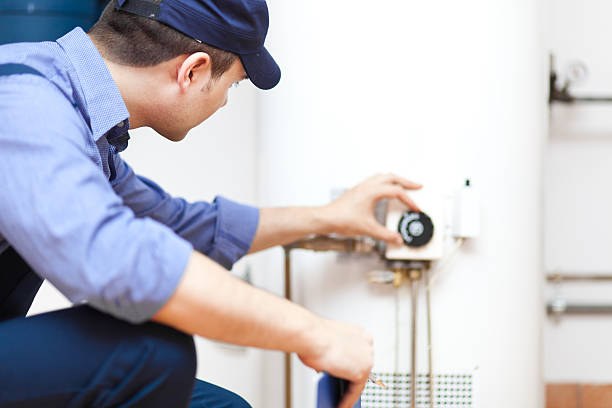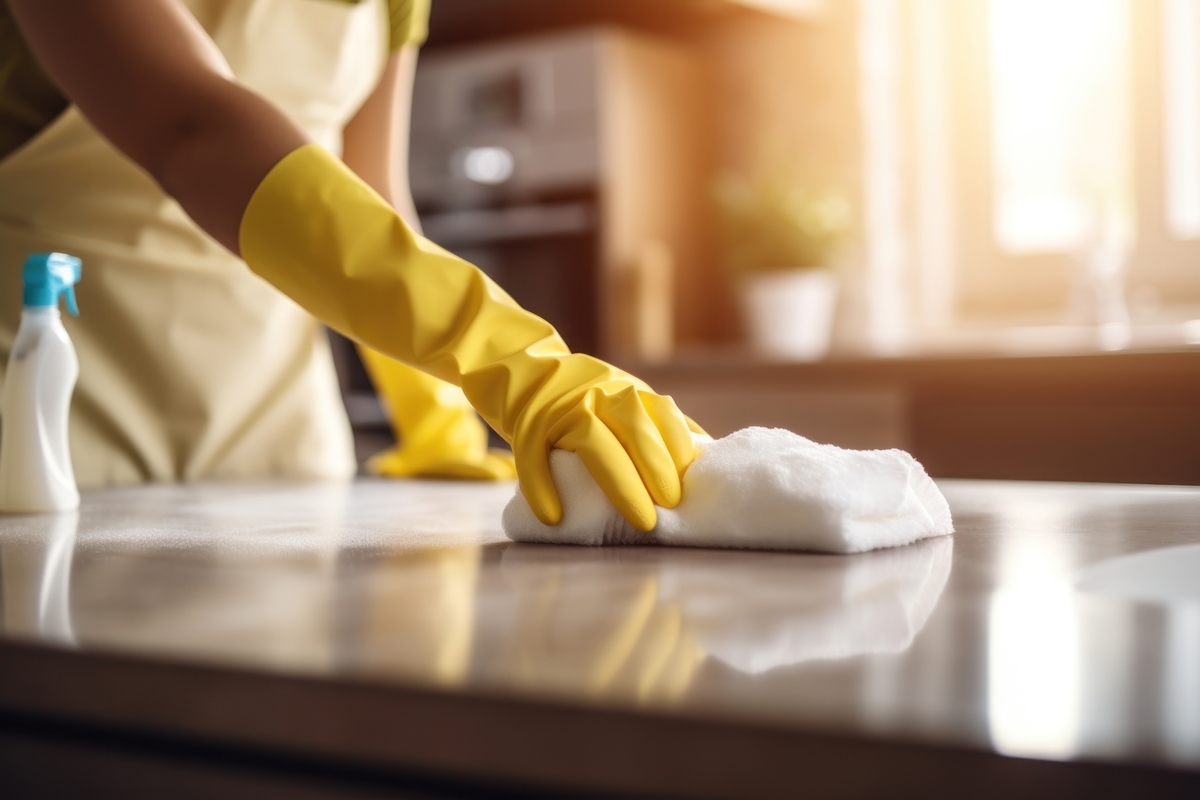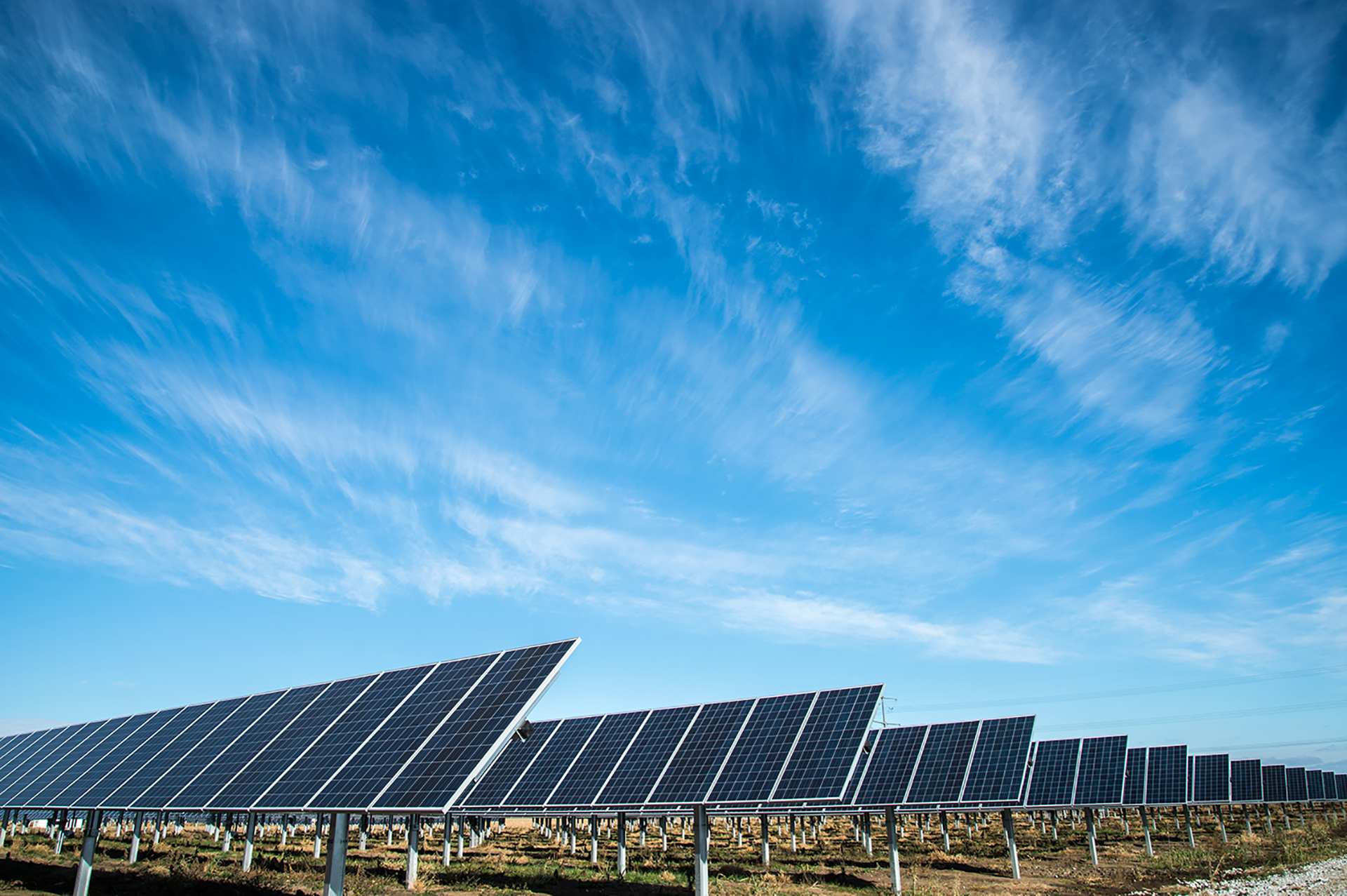Warm, Safe, and Sustainable
4 minute read

To ensure a cozy and comforting abode, it's vital that your water heater functions seamlessly throughout the year. This necessitates a meticulous approach to its upkeep, one that embraces safety, sustainability, and cost-saving strategies. Without further ado, let’s explore the world of water heater maintenance and ensure those unexpected icy showers are a thing of the past!
1. Routine Inspections to Foresee Issues
Schedule regular visual inspections, at least every two months, to stay ahead of potential issues. A cursory check for leaks in pipes or from the bottom of the water heater and assessing the state of gaskets or loose connections can avert unforeseen disasters. Corrosion on any part of the water heater or the pipes should be addressed promptly.
2. Temperature & Pressure Relief Valve (T&P) – A Safety Must
The T&P valve, a safety feature integral to preventing over-pressurization within the tank, should be tested annually. In extreme cases, a faulty T&P valve could cause the tank to explode. Don't hesitate to replace it if you find any irregularities.
3. Semi-Annual Tank Flushing
To enhance the longevity and efficiency of your water heater, flush the tank once or twice a year. This process effectively removes sediment build-up, which can lead to various problems including discolored water and unpleasant odors.
4. Heed the Warning Signs
Be vigilant for signs that your water heater needs repairs:
- Leaks: A leaking water heater can be a symptom of several issues including old age, faulty pressure relief valves, or sediment build-up.
- Inconsistent Hot Water: Fluctuations in water temperature across all hot water outlets in your home warrant an immediate check.
- Discolored Water: Often indicates sediment accumulation in the tank, which is more frequent in areas with hard water.
- Unpleasant Odors or Tastes: Can be indicators of bacterial growth or the need to replace the anode rod.
- Overheating: If the tank is hot to the touch, check for issues with insulation or ventilation.
- Weird Noises: Persistent odd noises can be a sign of sediment build-up and should be inspected as soon as possible.
5. Smart & Sustainable Settings
Maintain the thermostat setting between 120°F and 140°F. While a lower setting conserves energy, a slightly higher temperature can be more efficient for cleaning or sanitizing. Remember, temperatures below 120°F can encourage bacterial growth, and settings above 140°F can cause scalding.
6. Ventilation & Gas Safety
For gas water heaters, ensure a proper venting system with sufficient clearance around the vent pipe and a well-sealed vent connector to prevent carbon monoxide leakage. Keep combustible materials away and consider installing an automatic shut-off valve for emergencies.
PRO-TIP
Enhance your water heater's efficiency and save on bills by insulating the tank and pipes. Consider adding a water heater blanket, especially if it's located in a cool area, for optimal heat retention and energy savings.
Closing Thoughts
Adopting a disciplined approach to water heater maintenance not only guarantees the comfort of hot showers but also fosters a safer and more sustainable home environment. Don’t hesitate to seek professional assistance for inspections or repairs to ensure a long-lasting and efficient water heater.
Here’s to cozy, sustainable living with the peace of mind that comes with a well-maintained home!














